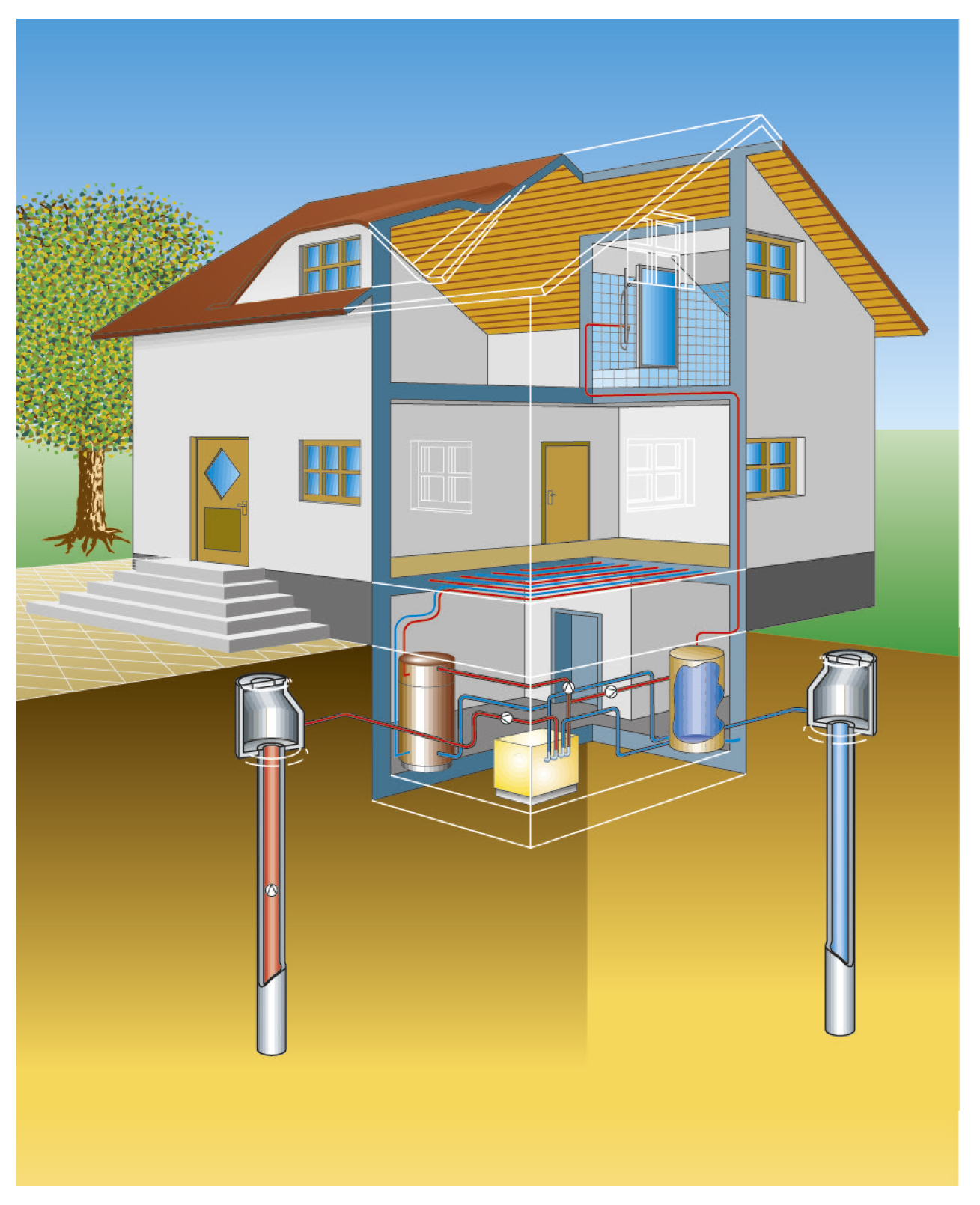Use of Google Tag Manager
We use Google Tag Manager from Google Inc. (1600 Amphitheatre Parkway Mountain View, CA 94043, USA) for our website. This tag manager is one of many helpful marketing products from Google. Through the Google Tag Manager, we can centrally install and manage code snippets of various tracking tools that we use on our website.
The Google Tag Manager is an organizational tool that allows us to integrate and manage website tags centrally via a user interface. Tags are small code snippets, for example, that record (track) your activities on our website. JavaScript code sections are used in the source code of our page for this purpose. The tags often come from Google's internal products like Google Ads or Google Analytics, but tags from other companies can also be integrated and managed through the manager. Such tags perform different functions. They can collect browser data, feed data to marketing tools, integrate buttons, set cookies, and even track users across multiple websites.
Purpose
To make our website as good as possible for you as a visitor, we need various tracking tools such as Google Analytics. The data collected by these tools show us what interests you most, where we can improve our services, and to whom else we should show our offers. And for this tracking to work, we need to embed the corresponding JavaScript codes into our website. In principle, we could embed each code section of the individual tracking tools separately into our source text. However, this requires quite a bit of time and makes it difficult to keep an overview. To simplify this, we use the Google Tag Manager.
Categories of processed data
The Tag Manager itself is a domain that does not set cookies and does not store data. It acts as a mere "manager" of the implemented tags. The data are captured by the individual tags of the different web analytics tools. The data is essentially routed through the Google Tag Manager to the individual tracking tools and not stored.
However, the situation is different with the integrated tags of various web analytics tools, such as Google Analytics. Depending on the analysis tool, various data about your web behavior are usually collected, stored, and processed using cookies. Please read our privacy texts for the individual analysis and tracking tools we use on our website for this purpose.
In the account settings of the Tag Manager, we have allowed Google to receive anonymized data from us. However, this only concerns the use and utilization of our Tag Manager and not your data that are stored via the code sections. We allow Google and others to receive selected data in anonymized form. We thus agree to the anonymous transfer of our website data. It is currently not possible to conclusively determine which aggregated and anonymous data are specifically forwarded. According to Google, Google deletes all information that could identify our website. Google combines the data with hundreds of other anonymous website data and creates user trends as part of benchmarking measures. Benchmarking compares one's own results with those of competitors. Based on the collected information, processes can be optimized.
Data storage and storage location
When Google stores data, these data are stored on Google's own servers. The servers are distributed around the world. Most are located in America. You can read exactly where the Google servers are located at https://www.google.com/about/datacenters/inside/locations/?hl=de.
How long the individual tracking tools store data about you can be found in our individual privacy texts for the tools.
Data deletion
The Google Tag Manager itself does not set cookies but manages tags of various tracking websites. In our privacy texts for the individual tracking tools, you will find detailed information on how to delete or manage your data.
Google is an active participant in the EU-U.S. Privacy Shield Framework, which regulates the correct and secure data transfer of personal data. You can find more information at https://www.privacyshield.gov/participant?id=a2zt000000001L5AAI&tid=311141511. If you want to learn more about Google Tag Manager, we recommend the FAQs at https://www.google.com/intl/de/tagmanager/faq.html.

